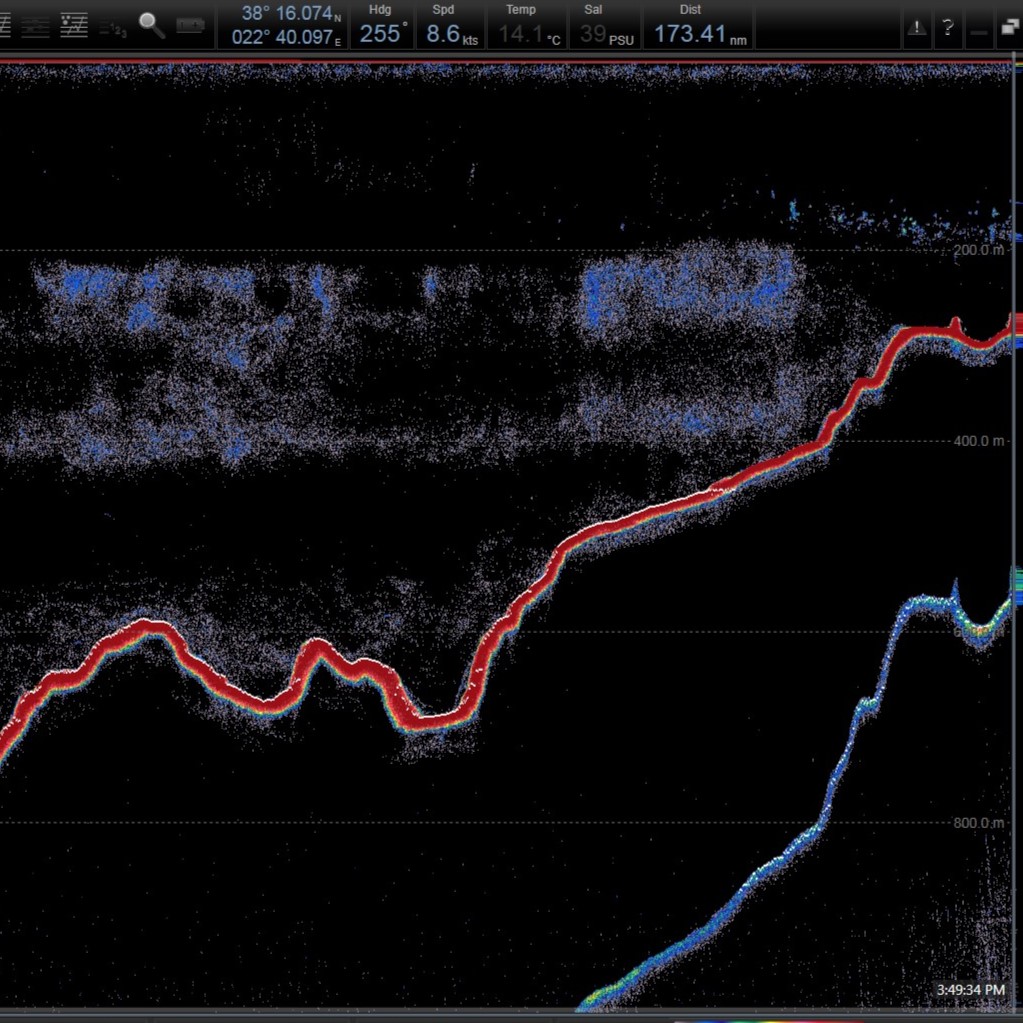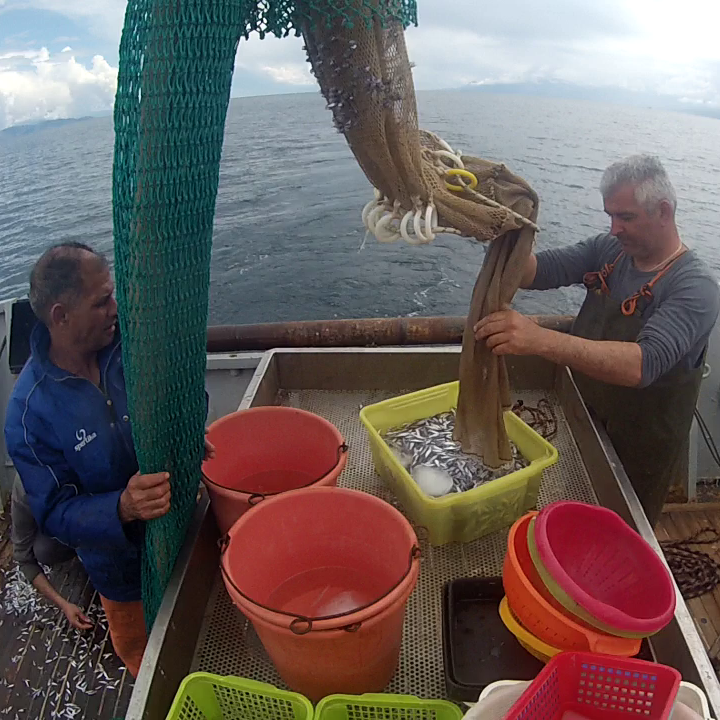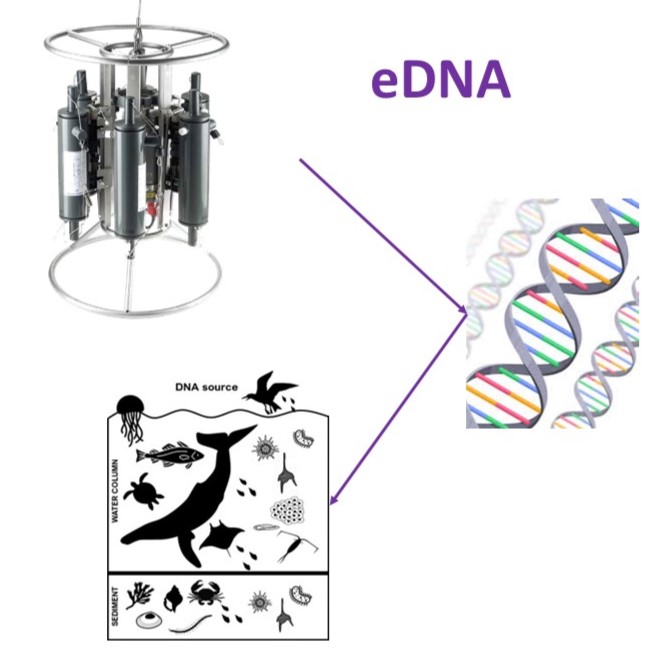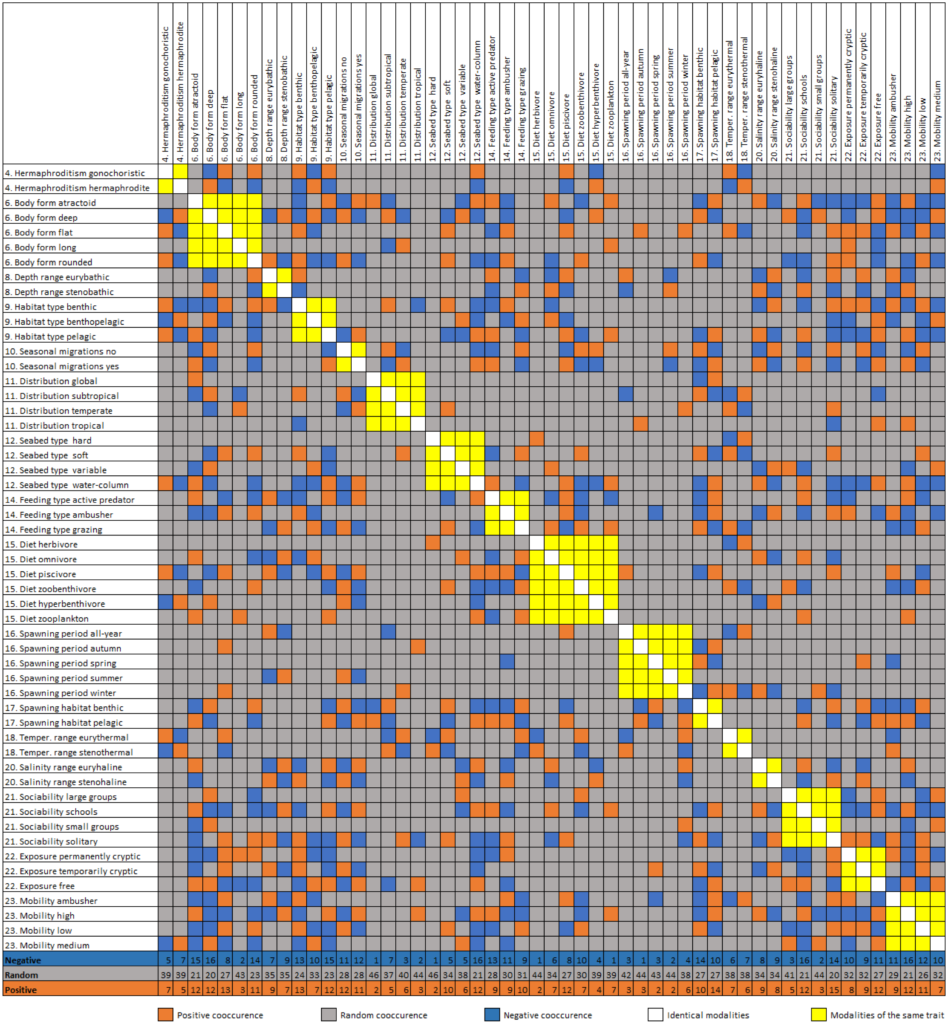About
TWINKLE (“Life in the TWIlight: New Knowledge on the bioLogy and Ecology of the mesopelagic zone in the context of global change”) aims to:
- Assess the diversity, community composition and relative abundance of the twilight zone in the eastern Mediterranean, including its vertical zonation and Diel Vertical Migrations with emphasis on fish, other micronekton and plankton.
- Advance knowledge on the biology of the main mesopelagic fish species, their biological traits and ecological niches.
- Analyse the species biological and ecological characteristics in a comparative framework and in areas with different degrees of sea warming, to understand existing and potential future effects of climate change.
- Synthesise knowledge, data and existing patterns to understand interactions within and outside the twilight zone.
These will be fulfilled through:
(i) Acoustic and oceanographic surveys
Field surveys on board the R/F PHILIA aim to collect information on the biodiversity, distribution, behaviour (e.g., diel vertical migration, DVM) and abundance of the mesopelagic communities in the Cretan and Ionian Seas. Scientific echosounders measure the backscattering echo from the deep scattering layers (DSLs) which is used to produce estimates of acoustic abundance. Vertical profiles of environmental parameters (e.g., temperature, salinity, Chl-a and dissolved oxygen concentration) are measured with a CTD profiler on a predefined grid of stations.
In addition to the vessel survey, acoustic equipment on a fixed-point observatory located at 1400 m in the Cretan Sea will monitor the long-term migratory behaviour of mesopelagic organisms.

(ii) Biological sampling
In parallel with the acoustic surveys, biological sampling is performed with a suite of sampling equipment (e.g., pelagic trawls, METHOT frame sampler, multinet) towed at different depths to assess the species composition of the detected echo-types. Zooplankton samples from different depth strata are collected and analysed.

(iii) Genetic analyses
Water samples collected from different depth strata are filtered for eDNA analyses and DNA metabarcoding in order to detect species not captured by the sampling gears. Results will be also compared with those obtained with the conventional (net) sampling methods. Additionally, DNA metabarcoding will be applied on stomach content of selected fish species for assessing their diet composition.

(iv) Ichthyological analyses
Laboratory analyses of the mesopelagic fish include the estimation of key biological parameters such as measurements of weight and length, definition of sex ratios, otolith extraction for age determination and assessment of important reproductive parameters (e.g., pattern of oocyte development and fecundity enumerations using histological and image analysis techniques). Diet preferences and feeding strategies of selected fishes are assessed through visual analysis of stomach contents (to be also compared to eDNA metabarcoding, where possible). Results are also compared against the composition of the zooplankton samples collected during the surveys.

(v) Traits analysis
The fish biology study will provide useful, new information in order to build a database for mesopelagic fishes in the Mediterranean and perform an analysis of biological traits. The database will be also populated with information available from the literature and/or other ichthyological databases (public or of the partners).

(vi) Synthesis: statistical analysis and modelling
The two study areas differ in terms of warming of the mesopelagic waters (Cretan Sea is now warmer than the Ionian Sea). Therefore, biological parameters and community compositions will be compared between regions to assess the effect of differential warming of the mesopelagic zone. Seasonal and bathymetric differences in relative abundance and population structure of the communities will be studied. An effort will be made to link the individuals’ DVM behaviour with life characteristics (e.g. sex, size) and the somatic condition of fish. The new knowledge produced will be synthesised in a structural ecosystem model aiming to represent the interactions within the twilight zone and connections with adjacent environments. Biological traits and other ecological information will contribute to conclude on meaningful functional groups, among which biomass flows will be determined according to feeding habits. Connectivity with adjacent environments will be taken into account mainly through key links with other pelagic and demersal predators (e.g., cetaceans) and prey species (e.g., epipelagic zooplankton).


